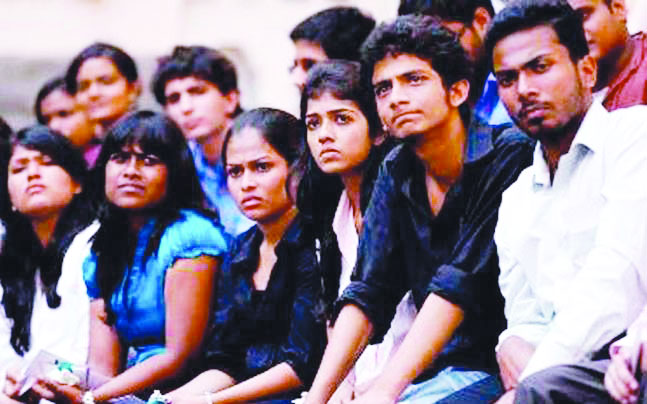Any government of the day should respect data collated by autonomous institutions that map the country’s growth and development indices for its own good. If favourable, it means it is on the right track. If not, then it means it needs to reset priorities. That’s why autonomous institutions exist, to be the government’s conscience keeper and the nation’s reality check. But if the government sees them as its antithesis, as if pathologically given to uncharitable assessment instead of being a prescriptive tool, then it is in big trouble. One that the Modi government has stepped into by suppressing a job statistics report that is a comment on its demonetisation drive and some hard talk that don’t quite make for rosy election propaganda. What the government forgot was in a digitally empowered knowledge society, that it has itself pushed aggressively, data is hard to protect, will spill out and do more damage than good. As it has. Media leaks show the country’s unemployment rate was at a 45-year-high of 6.1 per cent in 2017-18, according to the National Sample Survey Office’s (NSSO’s) periodic labour force survey (PLFS), which was vetted by the National Statistical Commission in December but not released by the government. The resignation of two non-government, well-known academics, who have cited unprecedented interference and institutional insult as their reasons, has further put a moral burden on the government to come out clean. It also speaks of the moral integrity of acting chairman PC Mohanan and JV Meenakshi that they did not make matters acrimonious like the heads of other institutions, where the government reportedly tried to wield some influence, saying they were just bowing out for being “sidelined.”
Going by media reports, our unemployment rate is at its highest level since 1972-73. Not only that, youth unemployment is at an “astronomically high” 13 to 27 per cent. Joblessness is higher in urban areas (7.8 per cent) than in the rural areas (5.3 per cent). More people are, in fact, withdrawing from the workforce than previous years. The Government has egg on its face because this unbiased report is the most definitive comment on the period of distress after the demonetisation of November 2016. Of course, pushed to the corner and clearly in damage control mode, it tried to put a lid on the controversy by arguing the two members had never raised concerns about the delay in releasing the report, which it felt needed to be on point given the size of our informal sector. But the charges against it are grave indeed. It seems that by stalling the report, it violated guidelines and the Ministry concerned, that of Statistics and Programme Implementation, has been bypassing this august body for quite sometime when it came to releasing facts and figures or formulating methodologies. Revisions and tweaking were allegedly done in an autocratic manner to suit a certain narrative. If recent pre-poll surveys are anything to go by, then joblessness has emerged as the biggest plank and it would have done the NDA government a world of good if it had projected the extent of the crisis at the right time, honestly admitted that its hard economic decisions did result in a short-term tumble as they always do and kept an alternative redemption plan ready, even notionally. The silence on this volatile matter at this time is certainly not golden and the Opposition now has more wind under its wings. With pressure to keep India’s growth story galloping at a GDP growth of around eight per cent, whichever government takes over in May has to begin with creating domestic demand, incentivising the medium-scale and services sector and keeping job training focussed on specific industry demands. Hard decisions all. By withholding the statistic sheet, the Modi government has unwittingly forced an economic referendum on the voter. One it could have controlled if only it had been transparent. And one that shreds its 2014 claim of creating two crore jobs per year into smithereens.
Writer and Courtesy: The Pioneer








 OpinionExpress.In
OpinionExpress.In















Comments (0)